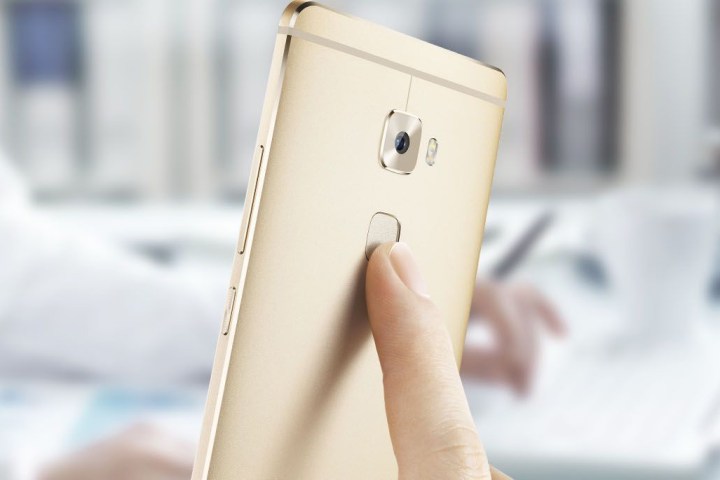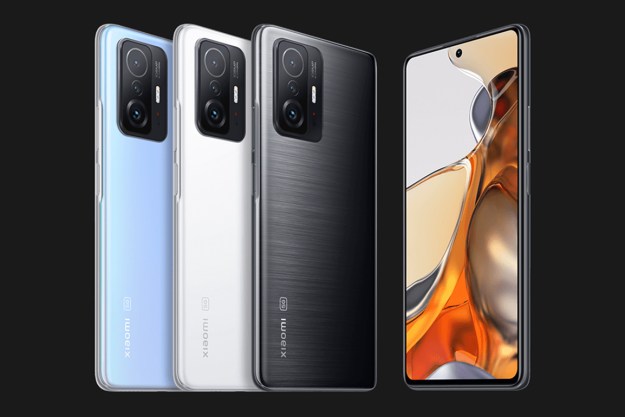
“Huawei’s ascent to China’s smartphone throne is a remarkable feat, especially in the context of an increasingly cutthroat and maturing Chinese smartphone market,” said Jessie Ding, a research analyst based in Canalys’ Shanghai office.
A wide selection of new Huawei devices have launched in the past 12 months, including the Mate S, P8, and G8. These phones have become favorites in China, alongside Huawei’s impressive line of low-end devices.

As Huawei reaps the rewards in China, it also prepares for a surge in U.S. sales, thanks to Google’s advertising campaign for the Nexus 6P. The first device developed by Huawei received great reviews across the board, including our own.
Xiaomi also plans to launch stateside soon, according to the company’s president Lin Bin. Speaking at the WSJDLive conference, Bin said the company is in talks to launch the Mi Note and Mi Note Pro in the U.S.
Editors' Recommendations
- New Xiaomi phones are launching on July 4 with (hopefully) amazing cameras
- Xiaomi 12 Ultra leak shows another ridiculous camera bump
- Canada bans Huawei and ZTE from its 5G networks
- Huawei P50 Pocket rivals Z Flip 3 in design, but not price
- Android 12’s best feature is coming to Xiaomi phones


